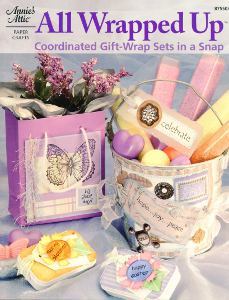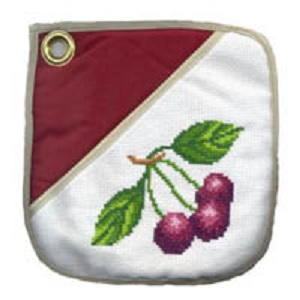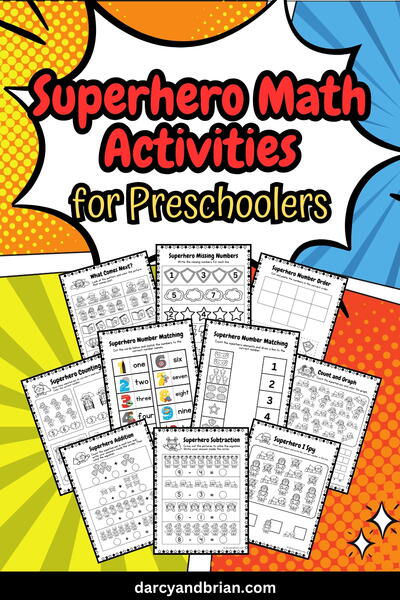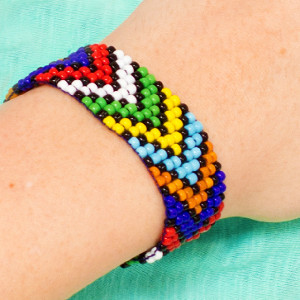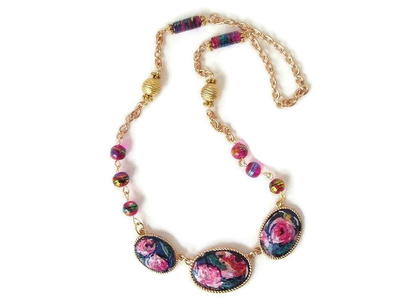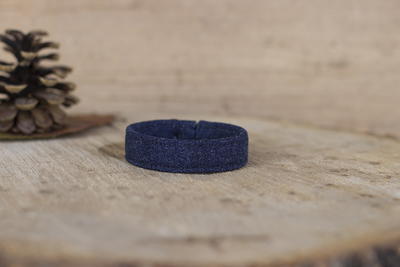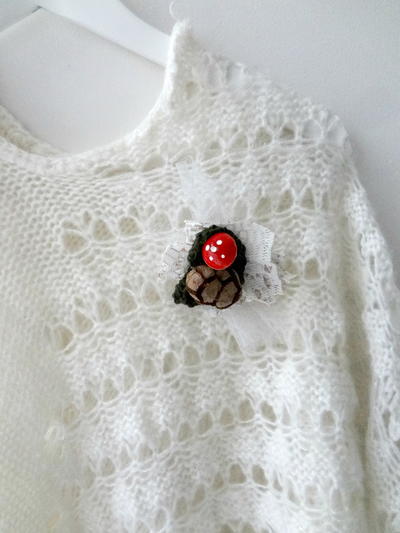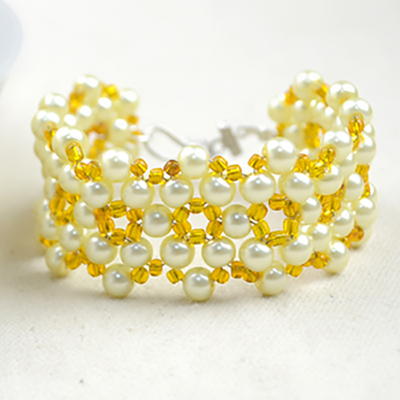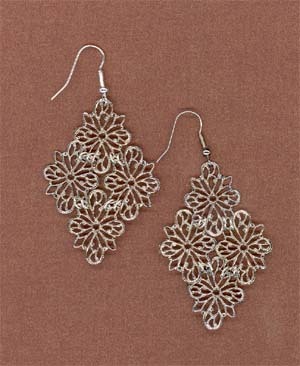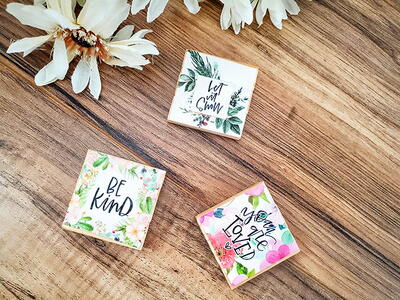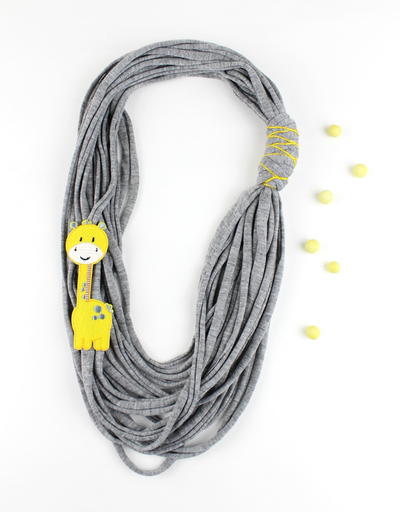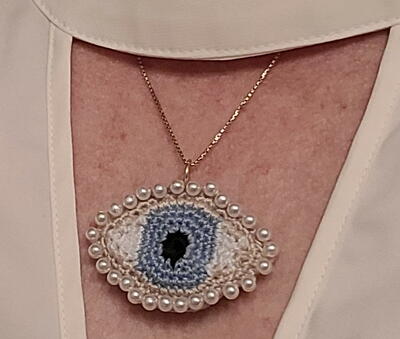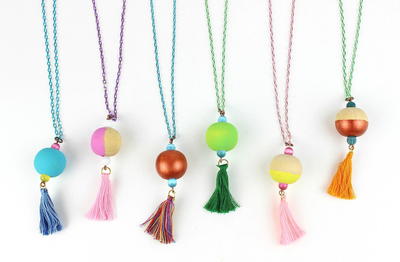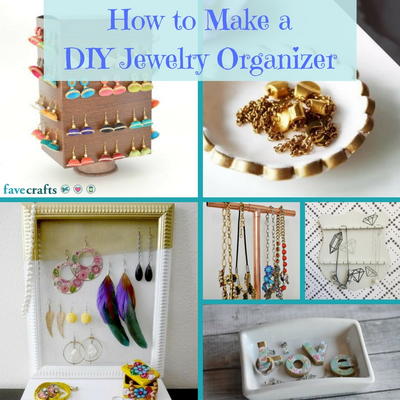Edwardian Influenced Waterfall Necklace
This multi-strand waterfall style necklace uses wire weaving and added segments to create the look of an Edwardian period piece. Opt for other bead combinations to create a less formal or more modern look. The pearls and crystals offer very vintage appeal.

Materials:
- 102 - 4mm Potato freshwater white pearls
- 57 - 8mm Swarovski light Colorado topaz crystal bicone beads
- 41 - 8mm Swarovski jonquil crystal bicone beads
- 5 - 12mm Swarovski vitrial crystal bicone beads
- 16 - Size #3 Crimp tubes, gold plated
- 1 - Medium toggle clasp, gold plated
- 34 in. channel Bead Board
- Designer crimper
- Designer chain nose pliers
- Designer flush cutter
- Designer round nose pliers
- Safety goggles
Steps:
Note: To complete this project, you will need to be familiar with crimping and working with woven wire.
- Getting Organized: Lay out the beads on a bead board - it's an easy way to measure, plan, and maintain your pattern. Begin by creating the three core strands. Attach the first (shortest) strand to one end of the toggle clasp. The finished length of this strand after bead weaving will be 15 - 15.5 in. Always allow for the fact that in weaving you will use more wire than in a traditionally beaded strand. Start with a wire of about 40 in. You will be making two individual wires so string the wire through the crimp tube, then the clasp and then back through the crimp tube. Secure the crimp closed with a crimp tool or chain nose pliers.
- Start Beading: Begin to bead your strand starting with one wire going through a pearl. Then, thread both wires through a light Colorado topaz bicone and the opposing wire from your initial single one will thread individually through another pearl. Keep the tension somewhat tight to prevent slippage, but loose enough to allow the necklace some play. This may require a little experimentation. The next strand's finished length will be 16 in. It features jonquil bicones. The third strand's finished length will be approximately 17.5-18 in. and features topaz bicones. Be sure to thread these on your clasp in a graduated fashion so that the final design will lay properly when worn. Attach the ends to the opposing side of your toggle threading the two strands through the crimp bead, the clasp and back through the crimp bead. Take care when trimming excess wire that you do not cut the beaded strands!
- Add the Waterfalls: On the middle woven strand count down 12 pearls and add a 7 in. length of wire. Thread it through a crimp bead, through one strand of the wire and back through the crimp bead to create two equal lengths of wire for the woven waterfall. Use crimping pliers or chain nose pliers to secure the crimp bead. Weave the beads as in your necklace strands using a pattern of three pearls, two jonquil crystals, and one topaz crystal. Make sure to monitor the tension on your weaving. When you reach the bottom, thread both strands through a crimp bead and secure it closed. Add another waterfall segment of the same length and pattern 12 pearls down from the opposing side of the toggle clasp. The next step is to attach three more waterfalls to the longest woven strand. These waterfalls are longer and have a pattern of six pearls, three jonquils and three peach bicones alternating. These waterfalls will be placed 8 pearls down from the top on both sides, and one in the center (at the 14th pearl).
- Vitrial Drops for the Waterfalls: This step involves making five earring-style headpin drops, each with one vitrial bicone bead. Create these on the bottom of each waterfall with round nose pliers threading them through the waterfall over the crimp bead and back around. Take your time here - the crimp beads and glass bicones are notoriously fragile. Be sure to wear your safety glasses!
Variations on a Theme: Use different sizes, shapes, materials and colors of beads to create different looks and feels using these design techniques. Smaller beads may lend themselves to more waterfalls, the number of core strands can be increased and/or they can be of the same length. Let your eye and intuition guide you! Happy Beading!
Read NextTree of Life Pendant

